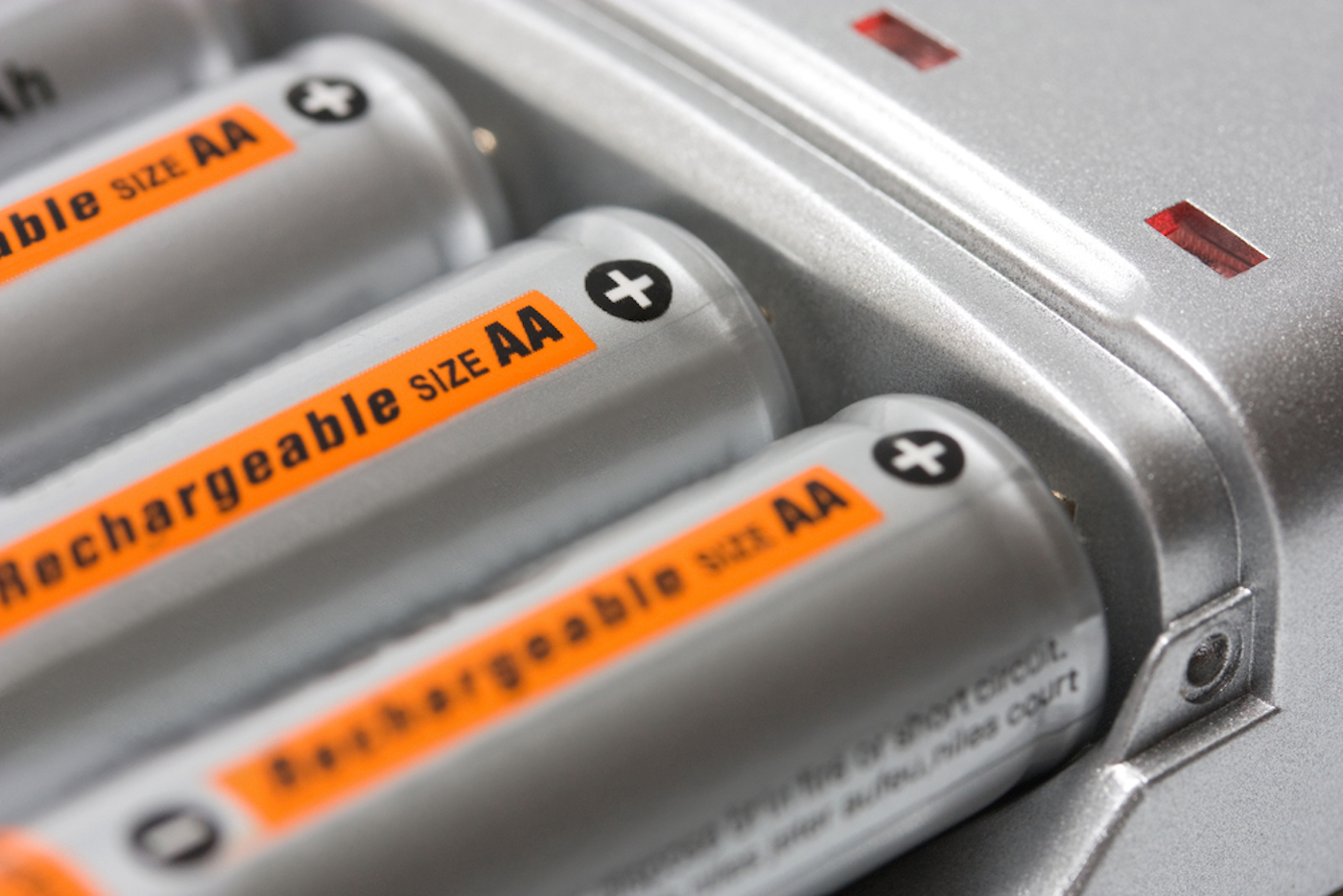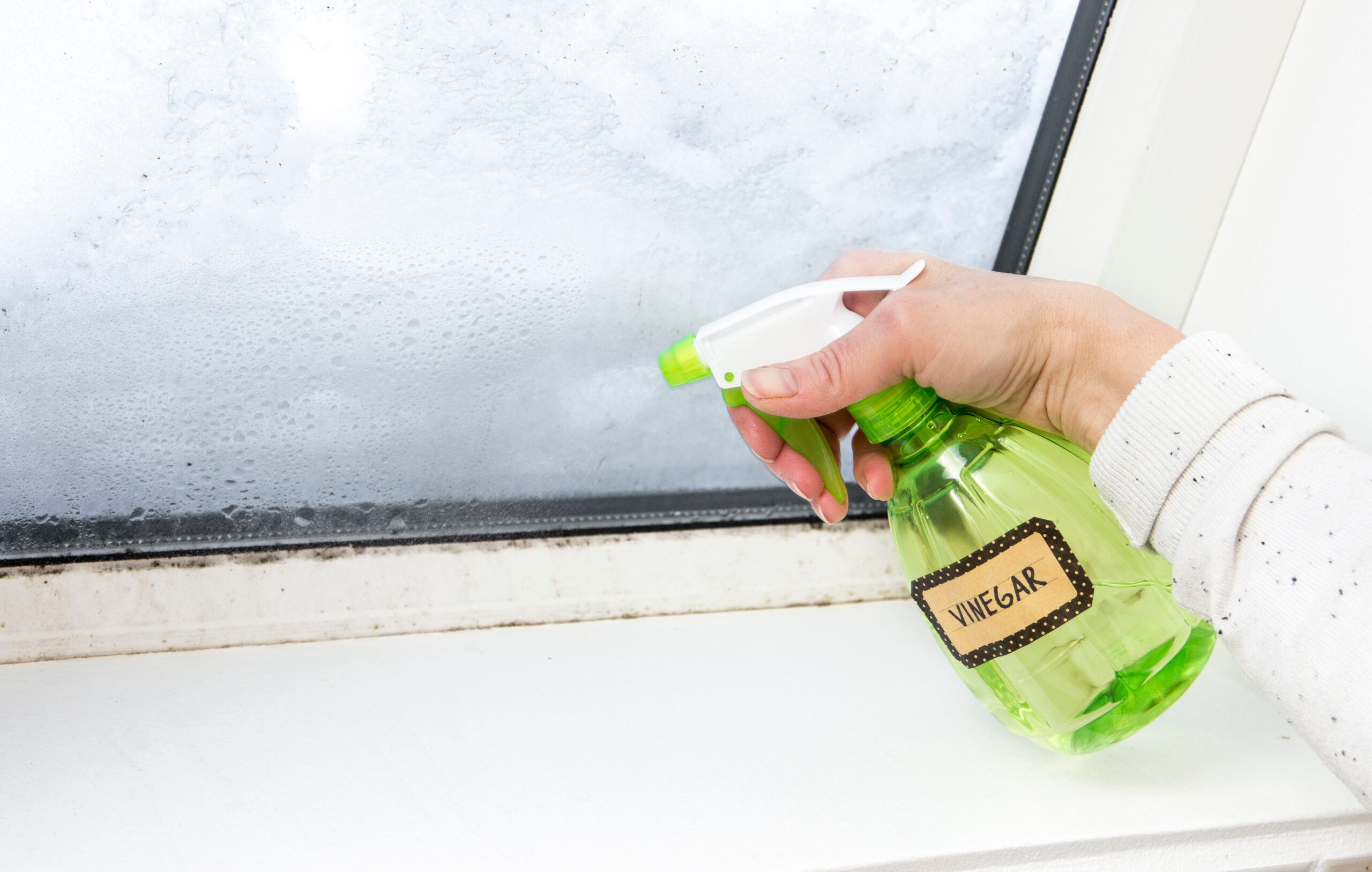Rechargeable batteries vs disposable batteries
We can use our RV electrical system for many things. However, we also use a number of small devices in and outside of the RV that require a portable power supply. Flashlights, lanterns, remote controls, and other small devices all require lightweight electrical power around the RV and the campsite.
Batteries provide a convenient means to power these small items. The problem is, most disposable batteries discharge quickly. The average household in the USA goes through 47 disposable batteries per year. And the majority of them wind up in landfills when they’re expended.
Personally, we use a lot of batteries we are dry camping in our RVs. When we’re dry camping for more than a day or two, it makes sense to bring along extra batteries, just in case we need them.
drawbacks to disposable batteries
The three biggest drawbacks to carrying disposable batteries in your RV include:
- Disposable batteries take up valuable storage space.
- They add weight to the RV. This is a concern for RVers with towable RVs who may be weight conscious.
- They are bad for the environment in many ways.
The market for batteries is growing. This growth is caused by the widespread use of more small electronic devices. As a reference point, the US imports four billion single-use alkaline batteries every year (mainly from China and Vietnam).
According to market forecasts published by Fortune Business Insights, that number is set to increase significantly over the next five years. Nearly every one of those batteries will be disposed of in a landfill. This adds up to tons of waste. And it’s not just any waste.
When batteries end up in landfills, cadmium, magnesium oxide, mercury, lead, nickel, cobalt and zinc (the key heavy metals that make disposable batteries work) leach out. These toxins enter the air and get into our water supplies via runoff.
In Europe, batteries are always recycled and never get into landfills. In the US, only California considers disposable batteries to be hazardous waste. The state requires people to dispose of batteries separately from regular household garbage.
Why use rechargeable batteries?
Using rechargeable batteries for dry camping is a better and safer practice than buying and tossing disposable batteries.
- Modern rechargeable batteries have longer lifespans and lower self-discharge rates.
- They don’t leak like the rechargeable batteries you may remember from the 1990s.
- Battery chargers are now fairly sleek, unlike their rather cumbersome predecessors.
- The newest generation of rechargeable batteries can last up to four years.
- You can often recharge batteries up to 1000 times.
Rechargeable batteries still depend on chemical reactions to create electricity. This means that like disposable batteries, they are full of heavy metals that can leach when they are disposed of in a landfill. However, instead of using 188 disposable batteries over four years, you’ll only use 12.

The best Rechargeable Batteries for camping
Wirecutter (via New York Times) tested 12 brands of batteries of all different sizes for longevity, power, and battery capacity. They tested both nickel metal hydride (NiMH) or lithium-ion (Li-ion) batteries. Test outcomes were very similar in all the brands they tested.
The biggest difference was the price, which varied greatly from brand to brand. The only things that seem to vary a lot among the different brands of rechargeable batteries is the price.
In addition to Wirecutter’s battery tests, we looked at consumer reviews to find out which rechargeable batteries are the best. Here are our top picks for AA, AAA, C, and D batteries.
Size AA
The EBL AA battery has a relatively high capacity at 2800mAh. This AA rechargeable battery can be recharged and discharged over 1000 times.
The EBL Ni-MH AA battery has a very low self-discharge rate. It can sit on a shelf for three years and it will still have 80% of its charge. Reviewers love that they are long-lasting and work well to power most of their devices.
However, several reviewers complained that the EBL AA Ni-MH is just a little larger than a regular disposable AA battery. According to reviewers, the batteries wouldn’t quite fit into the battery compartments of some electronic gadgets. With this in mind, the overall performance of the EEBL2800 was still so excellent that they are our top pick for AA rechargeable batteries.
Size AAA
Tenergy batteries have an excellent reputation for capacity, longevity, and a very low self-discharge rate. They work reliably in temperatures between 14º F(-10ºC) and 122ºF (50ºC), which makes them great for many outdoor applications as well as for handling 1000 mAh of power demands from electronic gadgets. With proper care, these 1.2 volt batteries can be charged and discharged up to 1000 times.
Customers loved the longevity of the Tenergy AAA batteries. They appreciated the company’s willingness to stand behind their product. Many mentioned how Tenergy offered excellent customer service when anything went wrong.
Size C
The Energizer C rechargeable battery gets rave reviews from users. People liked their longevity, reliability, and extremely low discharge rate. The Energizer’s ability to charge and discharge 1500 times with 2500 miAh of capacity impressed consumers.
Reviewers loved the reliability of the Energizer C rechargeable batteries. But as far as rechargeable batteries go, the Energizer brand is on the expensive side.
Size D
The EBL 10000 mAh is a powerhouse of a battery that will last through 1200 cycles of charging. This battery can handle temperatures ranging from -4ºF (-15ºC)to 140℉ (60ºC).
A fully charged EBL10000 rechargeable battery will retain 80% of its charge after sitting unused for three years. This is a good choice to have in flashlights that remain in the vehicle or RV between camping trips.
Tips for Using Rechargeable Batteries
Rechargeable batteries are a little different from disposable alkaline batteries. You should always read manufacturers’ instructions for using their products. These tips can help you get the best use out of your rechargeable batteries for dry camping.
- Always fully charge batteries before using them.
- Rechargeable batteries have a break-in period. Don’t put heavy loads on rechargeable batteries for the first few uses.
- Never mix rechargeable batteries with any other type of batteries.
- Charge all of your batteries before you head out dry camping. They will be good to go when you need them.
- Some electronics draw a miniscule amount of electricity over a long time (like smoke detectors and clocks). These appliances function best with disposable alkaline batteries.
Rechargeable batteries generate a lot less hazardous waste. You wreak less havoc with the environment when you use rechargeable batteries for dry camping instead of disposable ones. That’s something you can feel good about.
See what other RVers are saying
Forums such as iRV2.com and blog sites like RV LIFE, Do It Yourself RV, and Camper Report provide all the information you need to enjoy your RV. You’ll also find brand-specific information on additional forums like Air Forums, Forest River Forums, and Jayco Owners Forum.
Related articles:



